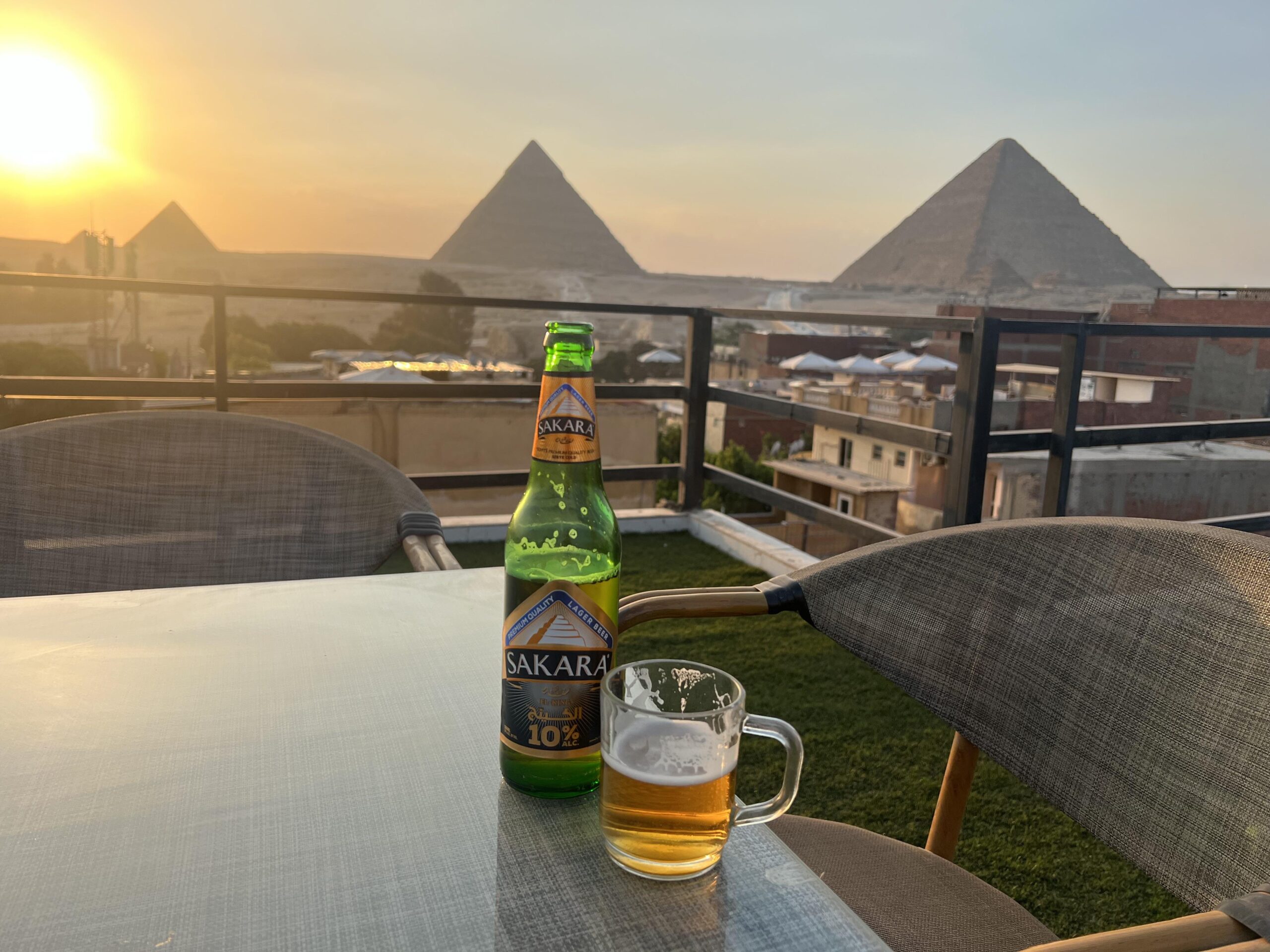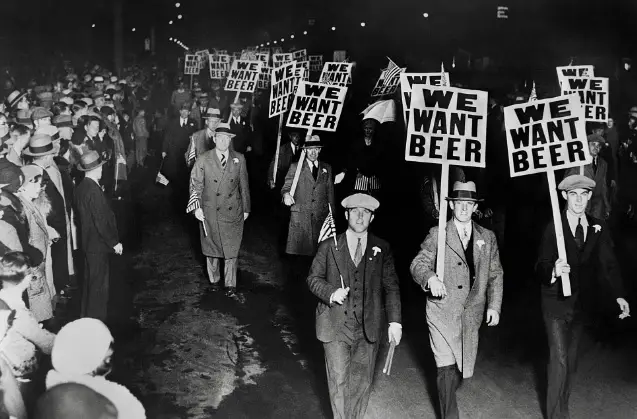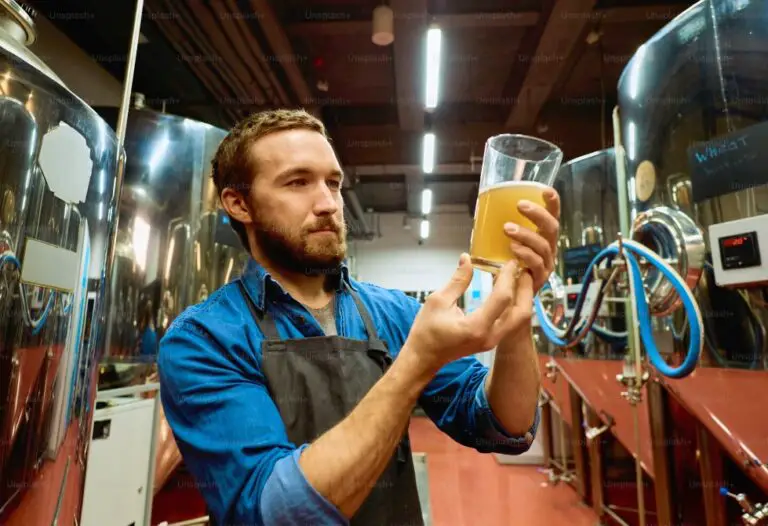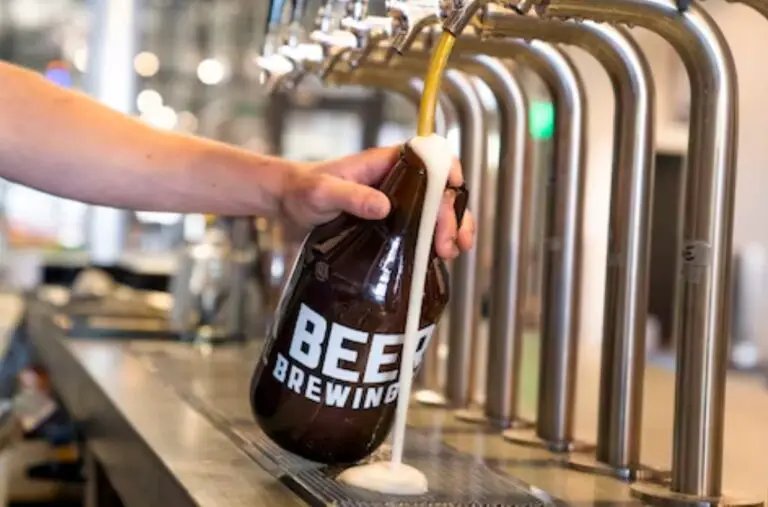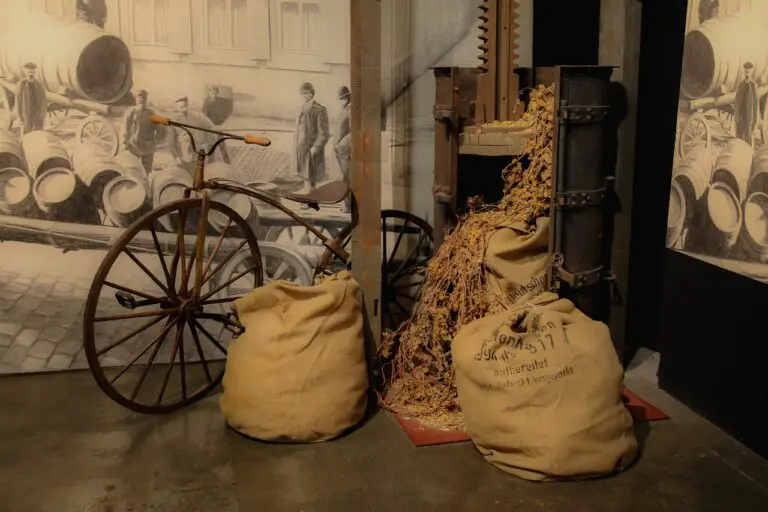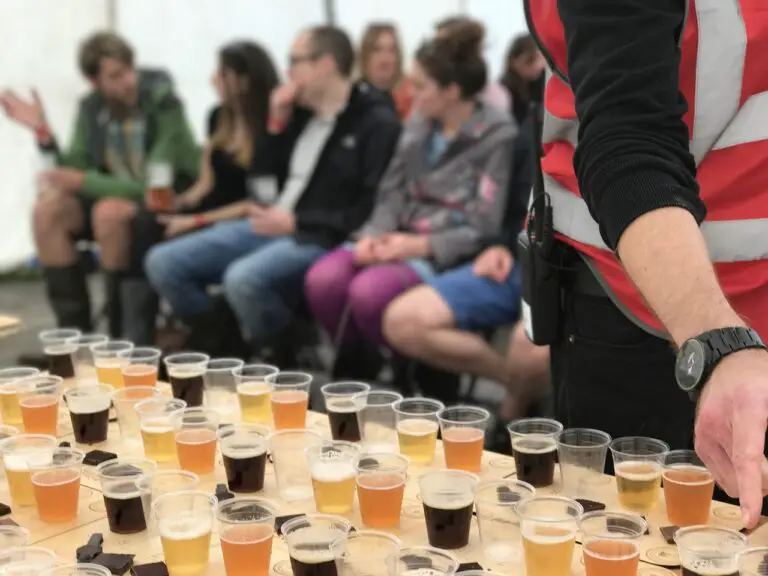Why Do They Call IPA IPA?
So is IPA called IPA after all? Why do they call IPA IPA?
IPA stands for “India Pale Ale” and it’s called “India Pale Ale” because of its historical association with British trade routes to India in the 18th century. Brewers added extra hops to preserve the beer during long sea voyages, resulting in a distinct style known as India Pale Ale.
Let’s learn more! What’s IPA Beer?
IPA, or India Pale Ale, is a beer style characterized by a strong hop flavor, higher alcohol content, and a pale amber to golden color. Its popularity in the beer industry has surged, particularly within the craft beer movement.
Brewers often experiment with hop varieties, resulting in a wide range of aromatic and bitter profiles. The importance of IPA lies in its significant impact on consumer preferences, shaping brewing trends, and contributing to the diversity of beer styles available in the market.
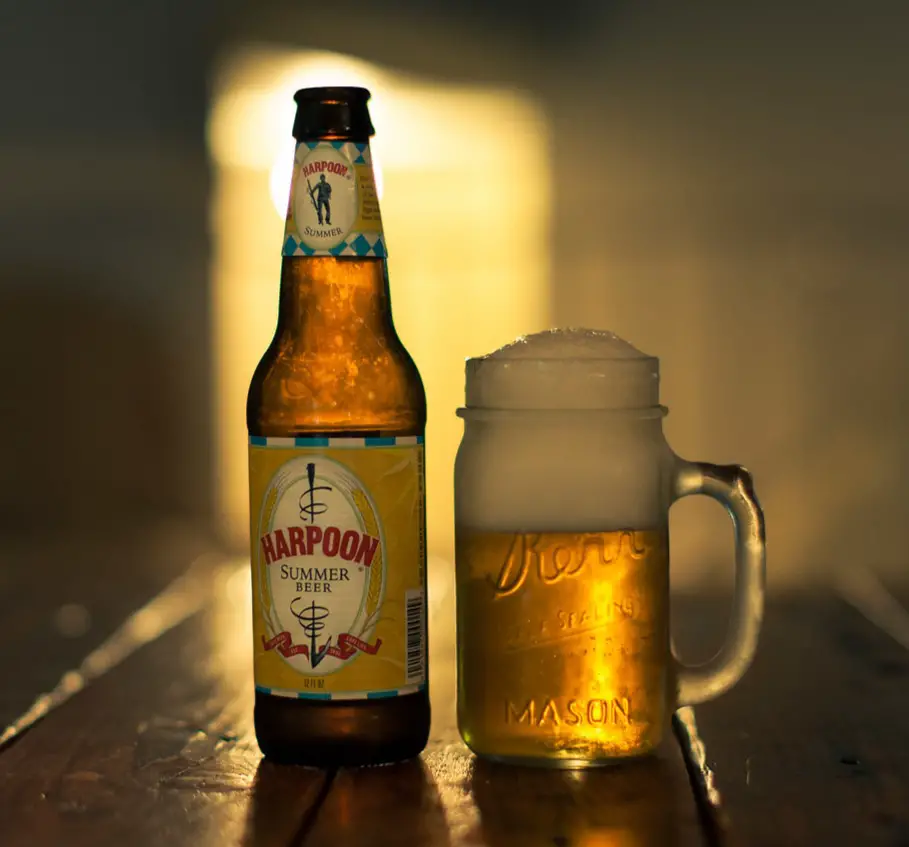
The History of IPA Beer
The origins of IPA trace back to the 18th century, during the height of the British Empire’s trade with India. British soldiers and expatriates stationed in India sought a taste of home, including their beloved beer. However, the extended sea voyage from Britain to India posed a challenge for preserving the quality of the beverage.
To address this issue, brewers began adding extra hops to the beer. Hops, known for their antibacterial properties, acted as a natural preservative. This innovation not only helped prevent spoilage during the long and arduous journey but also imparted a distinct hoppy flavor and aroma to the beer.
One notable figure in the development of IPA is George Hodgson, a London brewer who owned the Bow Brewery. In the late 18th century, Hodgson recognized the potential market in India and actively exported his beer to the subcontinent. The Bow Brewery’s strategic location near the East India Company’s headquarters likely contributed to its prominence in this trade.
Hodgson’s foresight and business acumen played a crucial role in popularizing IPA. His brewery became synonymous with the export of this hop-forward beer style. Over time, other brewers in England adopted the practice of brewing and exporting India Pale Ale, solidifying its status as a distinct beer category.
In essence, the historical context of IPA is closely tied to British trade routes to India, the necessity of preserving the beverage for long sea voyages, and the entrepreneurial spirit of figures like George Hodgson, whose efforts contributed significantly to the development and export of this iconic beer style.

The Evolution of IPA
The evolution of IPA has been marked by significant changes in brewing techniques, hopping methods, and malt composition. Over time, brewers have experimented with these elements, resulting in various substyles and flavor profiles within the IPA category.
Brewing techniques have evolved with advancements in technology and a deeper understanding of the brewing process. The use of specialized equipment, temperature control, and fermentation practices has allowed brewers to refine the production of IPA and achieve consistency in quality.
Hopping methods have seen considerable innovation. Traditional IPA recipes called for a generous use of hops during the boil, imparting bitterness to the beer. However, modern brewing has introduced dry hopping, a method where hops are added post-boil, enhancing the aromatic qualities without significantly increasing bitterness. This technique has become a hallmark of many contemporary IPAs.
Malt composition is another aspect that has undergone changes. While traditional IPAs were characterized by a pale malt base, brewers have explored the use of different malts to create variations in color, body, and sweetness within the IPA spectrum.
The American craft beer revolution, particularly from the late 20th century onwards, played a pivotal role in reshaping the IPA landscape. Craft brewers in the United States embraced the style, pushing boundaries and experimenting with bold flavors. This movement sparked the resurgence of IPA and its widespread popularity.
A notable distinction within the IPA category emerged with the development of West Coast IPA and East Coast IPA. West Coast IPAs are known for their clarity, lighter malt profiles, and a pronounced emphasis on hop bitterness and aroma. In contrast, East Coast IPAs often exhibit haziness, a fuller body, and a focus on hop flavors with less emphasis on bitterness.
The exploration of new flavors and aromas has become a defining characteristic of modern IPAs. Brewers incorporate a diverse range of hops, each contributing unique floral, citrus, tropical fruit, or pine notes to the beer. This emphasis on aromatic complexity has expanded the appeal of IPAs to a broader audience and fueled ongoing experimentation within the brewing community.
In summary, the evolution of IPA involves dynamic changes in brewing techniques, hopping methods, and malt composition. The American craft beer revolution significantly contributed to the popularity of IPA, and the distinction between West Coast and East Coast IPAs highlights the diversity within the style. The exploration of new flavors and aromas continues to drive innovation in the world of IPAs.

Misconceptions about IPA:
- Geographic Misconceptions:
- Common Belief: IPA is brewed in India or has a direct historical connection to India.
- Fact: While IPA stands for India Pale Ale, it was brewed in England during the 18th century for export to India. The name reflects the beer’s association with the trade routes to India rather than its place of origin.
- Historical Misconceptions:
- Common Belief: IPA has always been a hop-forward beer style.
- Fact: The original IPAs brewed in the 18th century were likely not as hoppy as the contemporary versions. The increased hop content was primarily a practical measure to preserve the beer during long sea voyages to India.
- Marketing Misconceptions:
- Common Belief: All IPAs are intensely bitter.
- Fact: While bitterness is a characteristic of many IPAs, not all of them are extremely bitter. The bitterness can vary widely, and some modern IPA styles, like New England IPAs, emphasize hop aroma and flavor over bitterness.
Specific Facts about IPA:
- Historical Significance:
- The term “India Pale Ale” originated in the late 18th century when British brewers began exporting pale ale to India.
- Hopping Techniques:
- Dry hopping, a technique where hops are added after the boiling process, is commonly used in IPA brewing to enhance aroma without adding significant bitterness.
- Diverse Styles:
- IPAs have evolved into various substyles, including West Coast IPA (known for clarity and hop bitterness) and New England IPA (characterized by haziness and emphasis on hop aroma).
- International Impact:
- The popularity of IPA extends globally, with craft breweries around the world experimenting with the style and creating unique variations.
- Alcohol Content:
- IPAs often have a higher alcohol content compared to standard beers, contributing to their robust and flavorful profile.
- Hop Varieties:
- Breweries use a wide range of hop varieties, each imparting distinct flavors and aromas. Common hops used in IPAs include Cascade, Centennial, Citra, Simcoe, and Amarillo.
By dispelling misconceptions and understanding these specific facts, enthusiasts and consumers can appreciate the rich history and diverse characteristics that define the IPA.
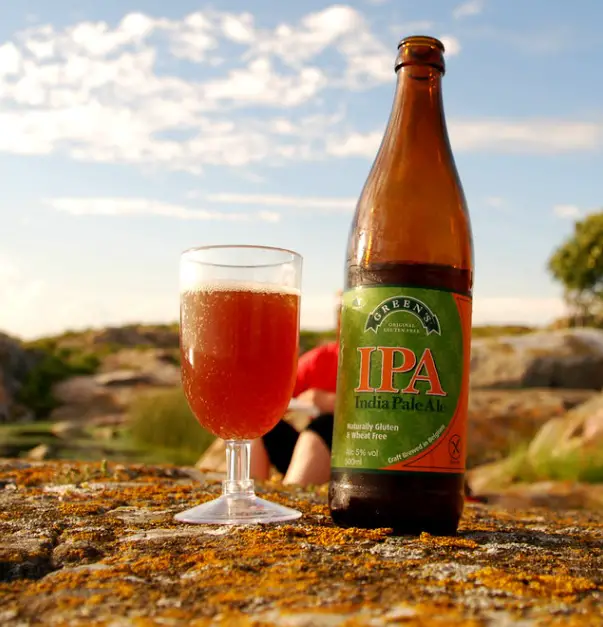
Controversies Surrounding IPA:
- Bitterness Perception:
- Controversy: Some beer drinkers find IPAs too bitter, impacting overall enjoyment.
- Discussion: The traditional emphasis on hop bitterness in IPAs, especially West Coast styles, has led to debates about whether the bitterness level overshadows other flavor elements.
- Hop Dominance:
- Controversy: Critics argue that the intense focus on hops can mask other beer characteristics.
- Discussion: The dominance of hop flavors and aromas, while appealing to many, has prompted discussions about the balance of malt sweetness, body, and other subtleties in the beer.
- Debates on Authenticity:
- Controversy: Purists debate what truly constitutes an authentic IPA, especially with the proliferation of diverse substyles.
- Discussion: Some argue that the essence of IPA has been diluted with the emergence of hazy, fruit-infused, or heavily dry-hopped versions, questioning whether these variations still align with the traditional characteristics of the style.
Wrapping It Up
In a nutshell, IPA, or India Pale Ale, has a fascinating backstory tied to 18th-century England and trade routes to India. Despite its name, IPA is now a global beer sensation with bold flavors and diverse styles. While there are some misunderstandings about its origins, the name reflects its historical journey and the creativity of modern craft brewing. So, whether you prefer a West Coast hop bomb or a hazy East Coast brew, IPA’s legacy and evolving flavors make it a true beer enthusiast’s delight!

I am a young architect with a passion that goes beyond blueprints… it’s beer! undertherosebrewing.com is more than just a blog, it’s a manifestation of my lifelong dream to explore, read, and learn everything about beer. Join the blog on this unfiltered and genuine adventure into the heart of beer culture. Cheers!
